Scientists testing sweat analysis for cellphone authentication
Dr. Halamek and his lab are analyzing amino acids for smartphone identification.
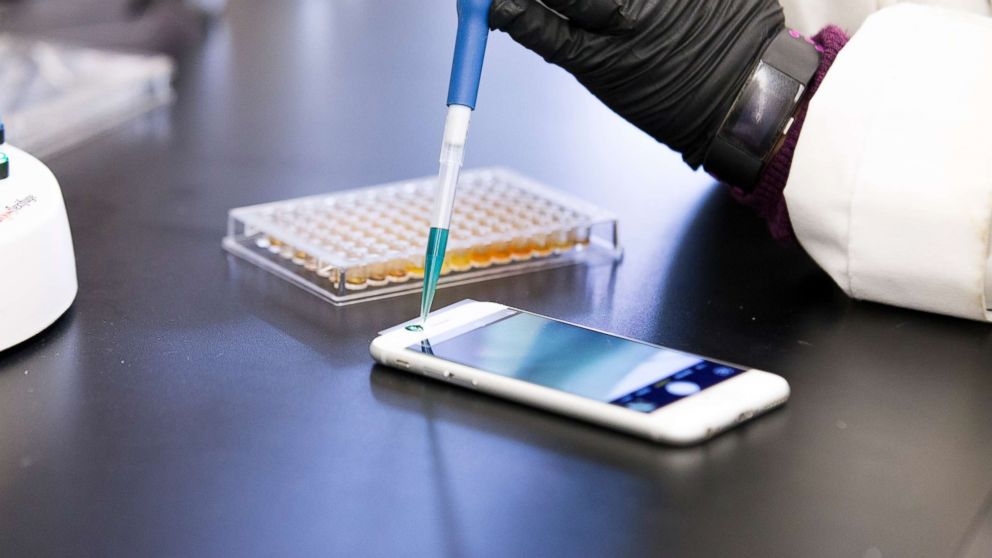
— -- Imagine unlocking your cellphone with a drop of sweat?
Dr. Jan Halámek, a biochemist and assistant professor at the University of Albany, and his team are studying that very concept. Halámek believes there is a better way to secure electronic devices, and facial recognition is not one of them.
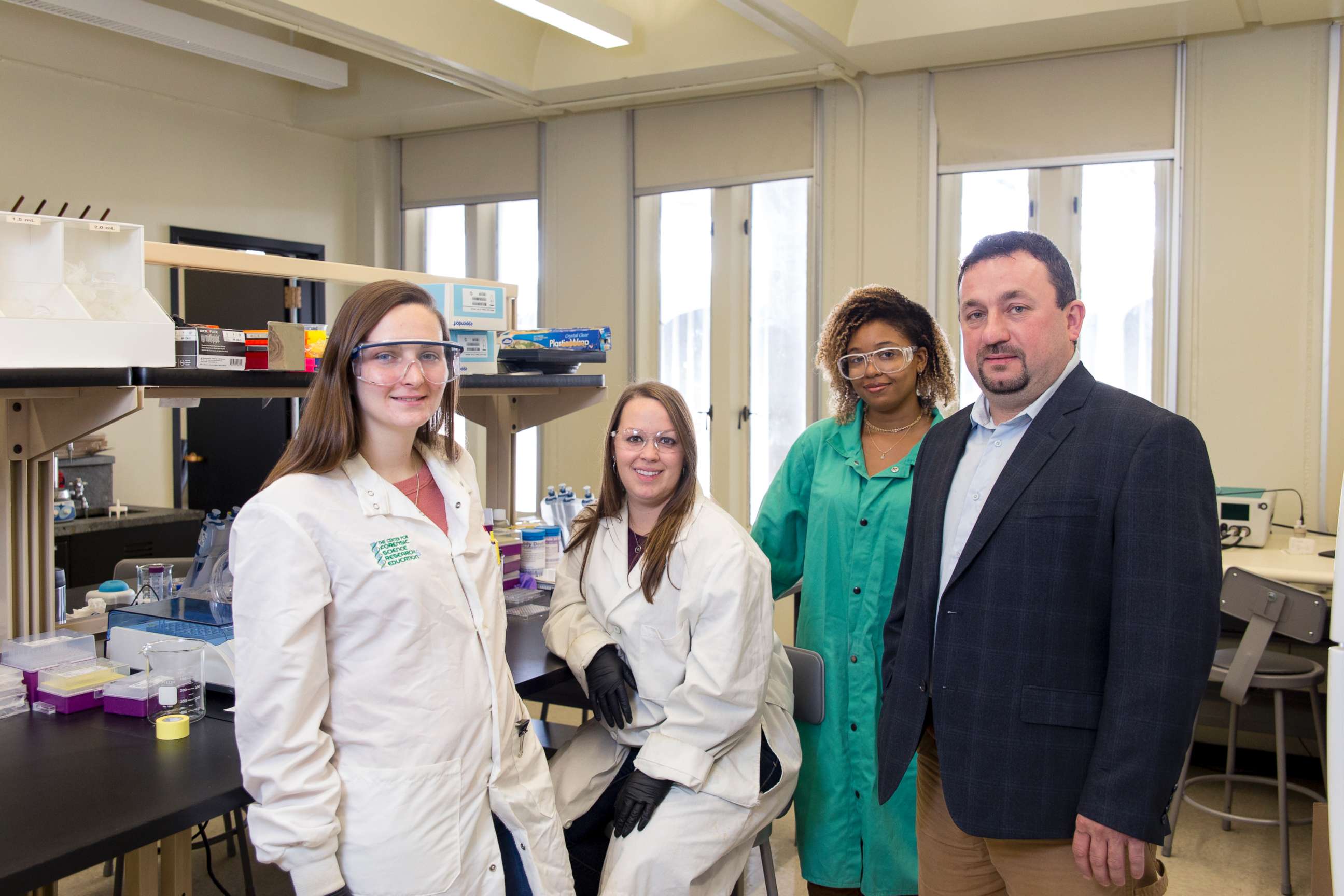
Halámek’s approach relies on amino acids found in skin secretions. A phone, for example, will be able to identify what compounds are in its owner’s unique sweat, Halámek told ABC News.
The amino acids and their compounds will ideally be able to unlock a device through “obvious connection of metabolized and fluctuating levels,” he explained.
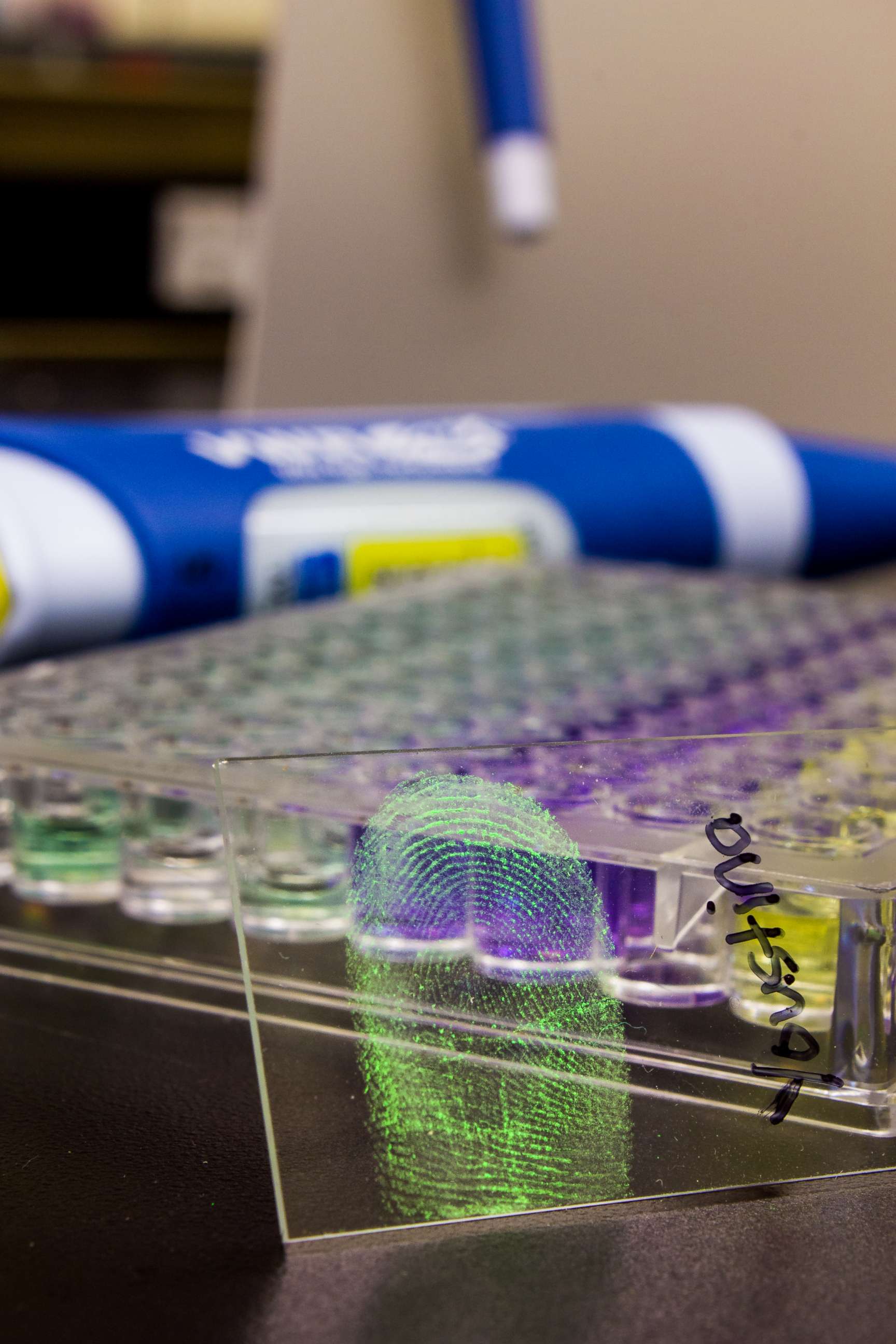
“The device will sense them, and say ‘that’s my owner,’” said Halámek. He said his lab has tested the method successfully.
Those metabolizing levels change depending on factors like eating and exercising, he said. “We are unique and we metabolize. It’s a dynamic process, but metabolized levels change.”
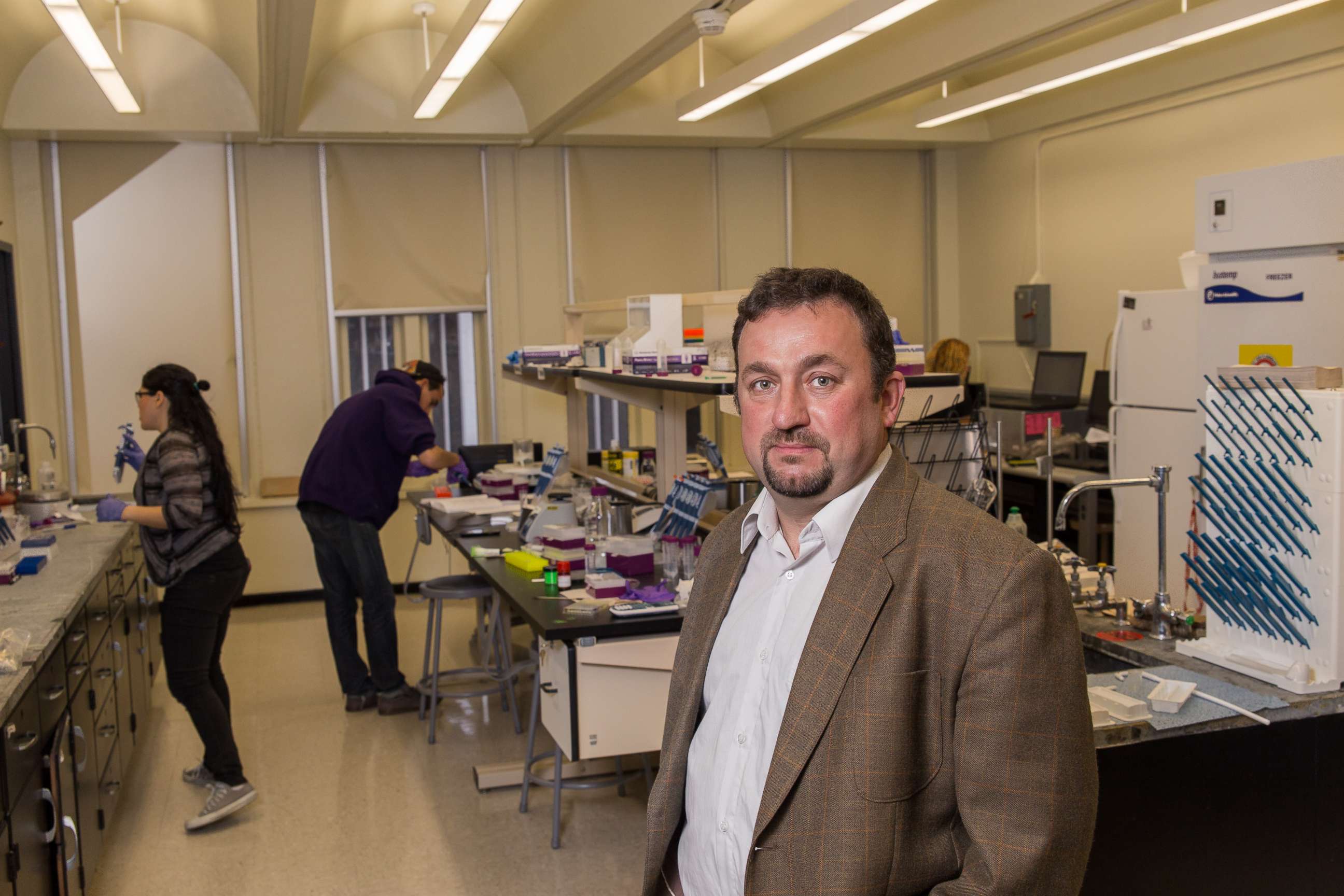
To build a profile, the device would first have a “monitoring period” in which it would continuously measure its owner’s sweat levels at various times of the day, according to a press release on the science.
Halámek's lab is still working on how often the phone would need to recalibrate to stay up to date.
“I’m asked a lot, ‘what if people steal my sweat,’” Halámek said. “The answer is that it would work, but not for long. The sweat will begin to decompose and will not stay stable.”
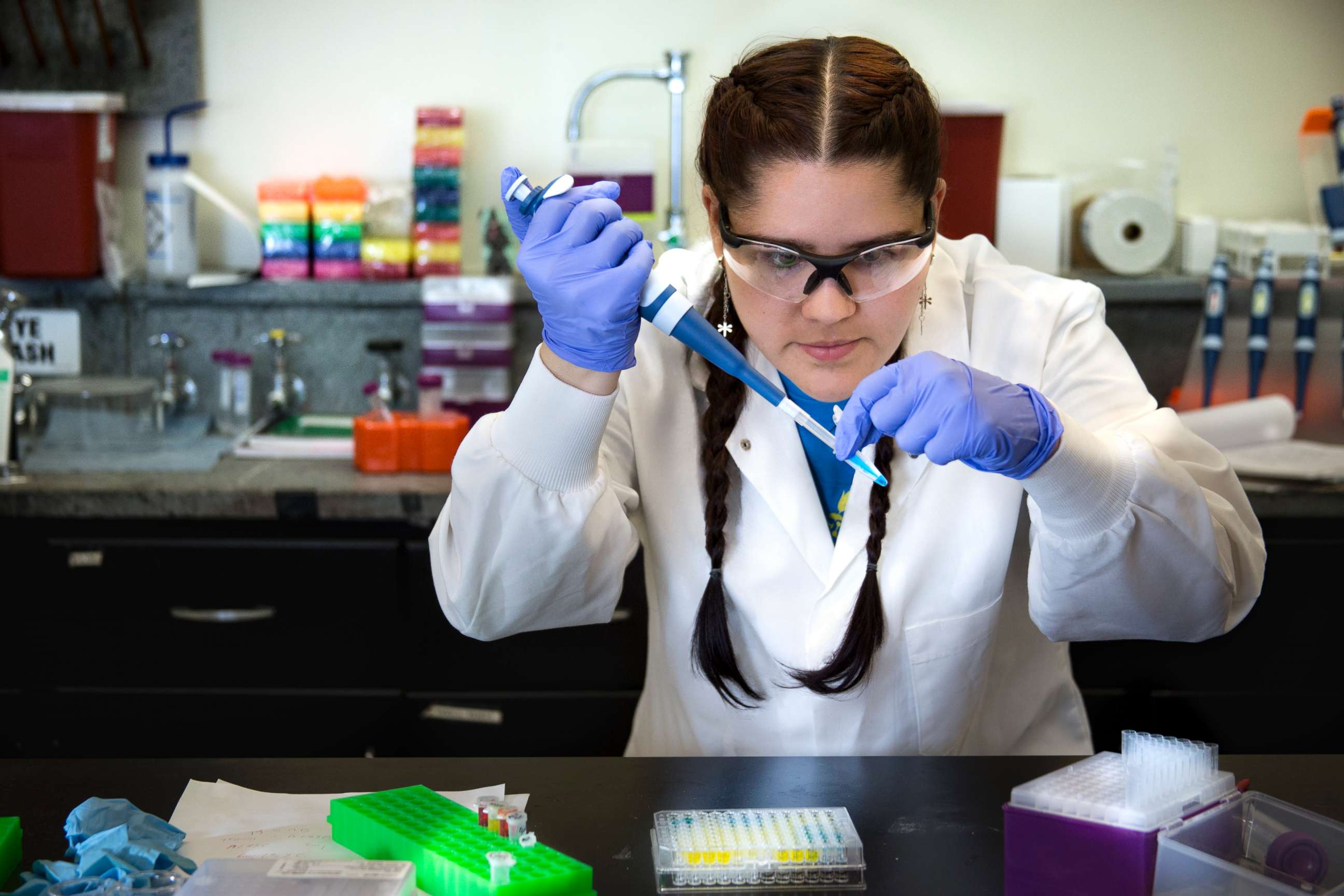
That's one of the reasons why Halámek believes a biochemical approach to cybersecurity would be the most effective.
“Metabolization is not constant. It is not a Social Security number,” he said.
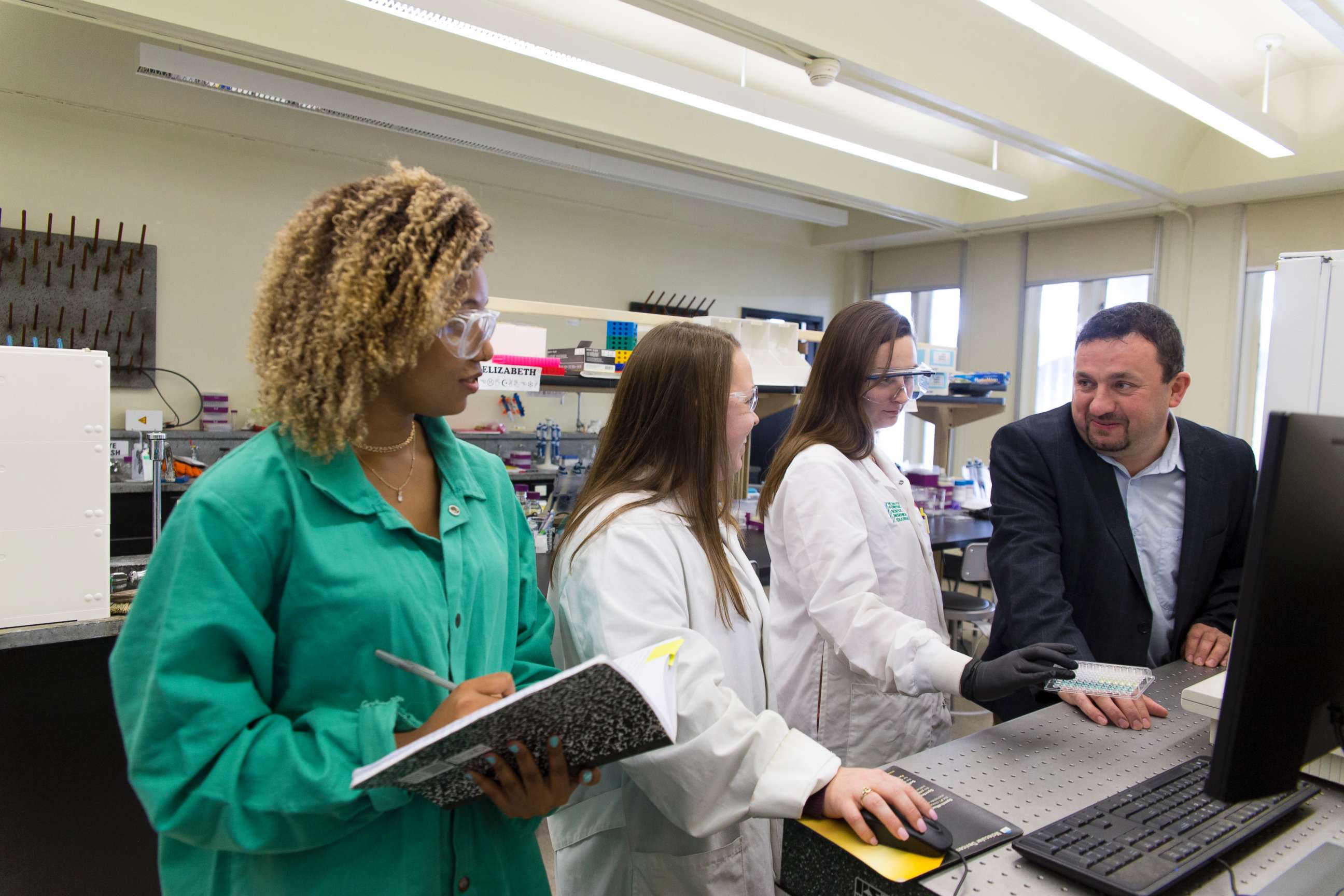
To break into a phone, one would have to know exactly what the metabolizing levels are at that point in time.
His team is submitting proposals for funding to get this research in the hands of smartphone makers.